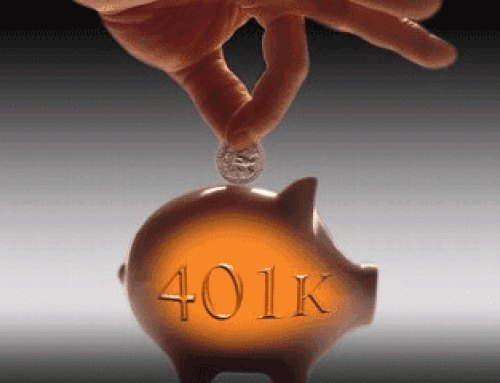Ever since the financial crisis of 2008, Canada’s banking system has been considered one of the most stable in the world – as well as being considered one of the most efficient and innovative systems in the world. In fact, the World Economic Forum recognizes the Canadian banking system as one of the soundest banking systems.
In the aftermath of the financial crisis, not a single Canadian bank failed. Throughout the decades, remarkably few Canadian banks have failed, and no banks in Canada failed even during the Great Depression. While the Canadian system isn’t perfect (what system is?), and while bank failures have happened, the fact is that Canada’s approach to banking has made it sound, safe, and forward thinking.
Some believe that there are some differences in banking regulation – especially in attitude – that account for Canada’s success.
Who Regulates the Banks?
In the U.S., there is a smorgasbord of bank regulators at the federal and state levels. Banks are regulated by the Federal Reserve, as well as by a number of other agencies, including the newly formed Consumer Financial Protection Bureau. In Canada, though, bank regulation is fairly straightforward: The Office of the Superintendent of Financial Institutions is the regulator. This office has the sole jurisdiction for the country’s banks, but credit unions, securities dealers, and mutual funds are regulated by the provinces.
One of the more interesting differentiating points is that payment systems in the United States are largely overseen by the Federal Reserve, the central bank system of the U.S. In Canada, rules for payments are created by the Canadian Payments Association. Banks chartered in Canada are required to be members of the CPA, which is a not-for-profit organization.
Number of Banks
Of course, another factor is the number of banks. The U.S. has a huge number of banks. In Canada, there are far fewer banks. Most of the banking is done by the “Big Five” Canadian banks, Royal Bank of Canada, Toronto-Dominion Bank (TD), Bank of Nova Scotia, Bank of Montreal, and Canadian Imperial Bank of Commerce. There are other banks as well, but they are small players on the scene.
Canadian banks are given the ability to carry out certain transactions according to their classification:
Schedule I: Canadian banks that are not subsidiaries of foreign banks. They are allowed to hold and enforce special security interest, accept deposits, and carry out all activities related to banking.
Schedule II: Banks that are allowed to accept deposits, and carry out many banking activities. However, they are incorporated under Canada’s Bank Act.
Schedule III: These banks operated under certain restrictions, since they are not incorporated under the Bank Act. These are foreign banks permitted to carry out certain business transactions in Canada.
For most consumers, the differences aren’t huge. You can deposit Canadian checks at U.S. banks, and vice versa, although there might be a longer hold period, and foreign exchange costs might apply.
What do you think about these differences? Do you think American banks should follow standards more like Canadian banks? Let us know in the comments below.













Follow Us